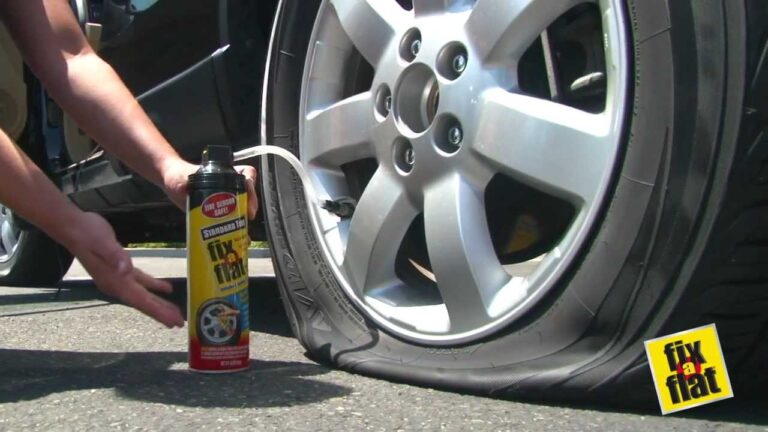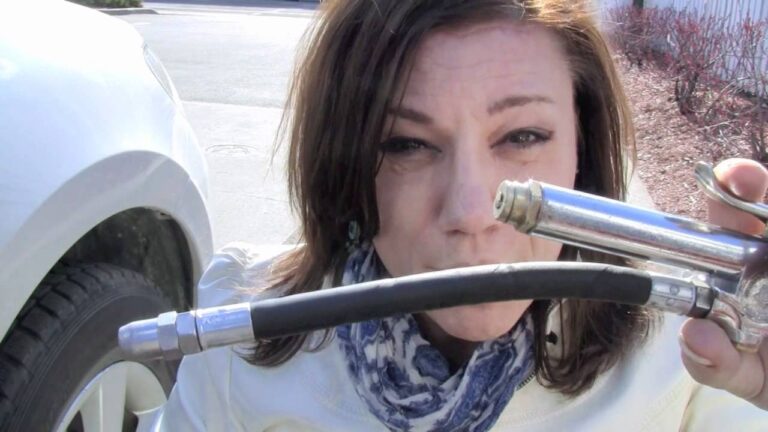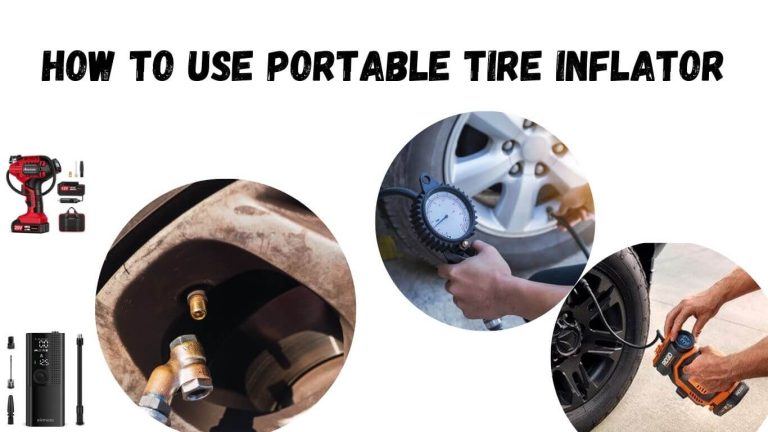How To Inflate Racing Bicycle Tires Properly
Remember that frustrating flat tire on your last race? It cost you valuable time and maybe even the win. Learning how to properly put air in racing bicycle tires is crucial for maintaining performance and preventing flats. This guide will teach you the best techniques and essential knowledge to keep your tires inflated optimally for peak performance, saving you time and frustration on the road and ensuring your bike is always race-ready. You’ll learn how to select the right pump, achieve the correct tire pressure, and understand the importance of regular tire maintenance.
Choosing the Right Pump
Selecting the appropriate pump is the first step in successfully inflating your racing bicycle tires. Different pumps offer varying levels of efficiency and compatibility with different valve types. This section will outline the key factors to consider when choosing a pump and explain the differences between various pump types.
High-Pressure Floor Pumps
- High-pressure floor pumps provide the most efficient way to inflate racing bicycle tires, especially to the high pressures often needed. Their larger size and stable base allow for consistent pumping, minimizing fatigue and ensuring accurate pressure readings. These pumps are usually equipped with a pressure gauge, which is vital for accurately monitoring your tire pressure.
- These pumps are typically more expensive than hand pumps, but their speed and efficiency make them worth the investment for serious cyclists. The higher volume of air they displace per stroke means less effort is required to reach the desired pressure.
Hand Pumps
- Hand pumps are portable and convenient for on-the-go inflation but generally require more effort than floor pumps. They’re good for quick top-ups or emergencies but might not be ideal for reaching extremely high pressures quickly.
- Smaller and lighter than floor pumps, hand pumps are perfect for carrying in your cycling bag for quick fixes during a ride. However, they are less efficient and require more strokes to reach the same pressure.
Mini Pumps
- Mini pumps are the smallest and lightest option, ideal for carrying in a jersey pocket. They are typically the least efficient, requiring considerable effort to inflate a tire to a high pressure. However, they’re useful for minor pressure adjustments or emergency repairs on the road.
- Despite their size and less efficient design, mini pumps are a must-have for any cyclist who ventures far from home or repair shops. It is important to note that it will take more time and effort than other pumps.
Understanding Tire Pressure
Proper tire pressure is critical for optimal performance and safety. Too low and you risk pinch flats; too high and you’ll experience a harsh ride and reduced traction. This section will cover how to determine your ideal pressure and the tools needed for measurement.
PSI and Bar
Tire pressure is measured in PSI (pounds per square inch) and Bar. Most pumps measure in PSI, while Bar is more common in Europe. The conversion is relatively simple: 1 Bar is approximately equal to 14.5 PSI. Always check the sidewall of your tire for the recommended pressure range.
- Many riders use higher pressures than recommended to minimize rolling resistance. This can lead to a more efficient ride, but also increases the risk of pinch flats and reduces comfort.
- Lower tire pressures improve traction and comfort, providing a smoother ride, especially over rough terrain. However, lower pressures lead to greater rolling resistance, reducing speed and efficiency.
Recommended Pressure Ranges
The recommended pressure range for your racing bicycle tires is clearly indicated on the tire’s sidewall. This range is crucial for both performance and safety. Ignoring the recommended pressure can significantly impact your ride quality and risk tire failure. For instance, a typical 700x23c clincher tire might suggest a range of 80-120 PSI, though many racers will experiment within this range based on individual preference and terrain.
| Tire Size | Recommended PSI Range (Example) |
|---|---|
| 700x23c | 80-120 PSI |
| 700x25c | 70-110 PSI |
How to Put Air in Racing Bicycle Tires
This section details the step-by-step process of inflating your tires, covering both Presta and Schrader valves. Proper technique ensures efficient inflation and prevents valve damage. We’ll cover the different valve types and the correct method for inflating each.
Presta Valves
- Unscrew the valve cap.
- Push down the small pin in the center of the valve to allow air to flow.
- Insert the pump head securely onto the valve.
- Pump air into the tire until you reach the recommended pressure.
- Release the pump head and carefully close the valve.
- Check your tire pressure using your gauge.
Schrader Valves
- Unscrew the valve cap if there is one.
- Insert the pump head securely onto the valve stem.
- Pump air into the tire until you reach the recommended pressure, checking the pump gauge periodically.
- Release the pump head and replace the valve cap if there is one.
Common Mistakes to Avoid
- Forcing the pump head onto the valve can damage the valve and the tire.
- Overinflating tires can cause blowouts or discomfort.
- Ignoring low tire pressure can lead to pinch flats and loss of control.
Maintaining Proper Tire Pressure
Regularly checking and adjusting your tire pressure is crucial. This section will guide you on how often to check and the importance of consistent maintenance for optimal performance and safety. We’ll discuss the impact of temperature and the recommended frequency for checking tire pressure.
Checking Tire Pressure Regularly
- Check your tire pressure before every ride. This is especially important during significant temperature changes as air expands and contracts with fluctuating heat.
- Even without major temperature fluctuations, air gradually escapes through the valve. A small loss of pressure may not be immediately noticeable, but it impacts performance and increases the risk of pinch flats over time.
The Impact of Temperature
Temperature significantly impacts tire pressure. In hotter temperatures, air expands, increasing pressure. Conversely, in colder temperatures, air contracts, reducing pressure. Therefore, it’s crucial to adjust your tire pressure accordingly. A study by the Bicycle Rolling Resistance Testing Laboratory found that tire pressure needs to be adjusted up by about 1-2 PSI per 10 degrees Fahrenheit increase in temperature, and down by a similar amount with a decrease.
FAQ
What is the ideal tire pressure for a racing bicycle?
The ideal tire pressure depends on several factors, including the tire size, rider weight, and terrain. Consult the sidewall of your tire for the recommended range, then fine-tune based on your preferences. You can use a pressure gauge to check the pressure. Always maintain the correct tire pressure to maximize performance.
How often should I check my racing bicycle tire pressure?
It is essential to check your racing bicycle tire pressure before every ride. Temperature changes, especially, will affect the air pressure. Consistent monitoring will ensure you are running at optimal pressure for best performance and safety.
What should I do if I get a flat tire during a race?
If you get a flat tire, promptly pull over to a safe area. Assess the damage, change your tube, and reinflate your tire to the recommended pressure as soon as possible. Carrying a spare tube, tire levers, and a pump is crucial for emergencies.
What are the differences between Presta and Schrader valves?
Presta valves are thinner and commonly found on high-performance bicycle tires. Schrader valves are thicker and more common on other types of tires and are similar to those used on cars. You will need a compatible pump for the valve type on your tire.
Why is proper tire inflation important for racing?
Proper tire inflation is crucial for performance and safety in racing. It directly affects rolling resistance, speed, comfort, and the risk of pinch flats. Correct pressure improves your chances of winning and getting to the finish line safely.
What happens if my tires are underinflated?
Underinflated tires increase rolling resistance, reducing speed and efficiency. They also increase the risk of pinch flats, which can end a race early. Furthermore, your bike’s handling may be affected, and you might feel more bumps in the ride.
What happens if my tires are overinflated?
Overinflating tires can cause blowouts and lead to a very uncomfortable ride. It can also reduce traction, making it difficult to corner safely.
Final Thoughts
Knowing how to properly put air in racing bicycle tires is a fundamental skill for every cyclist, particularly racers. Mastering this technique, understanding tire pressure, and regularly checking inflation are all key elements to improving your performance and ensuring a safe and enjoyable ride. By following the steps outlined in this guide, you can avoid the frustration of flats and optimize your cycling experience. Remember to always check your pressure before each ride, and adjust as necessary according to temperature and your riding conditions. A little attention to detail can make a big difference in your race results.



